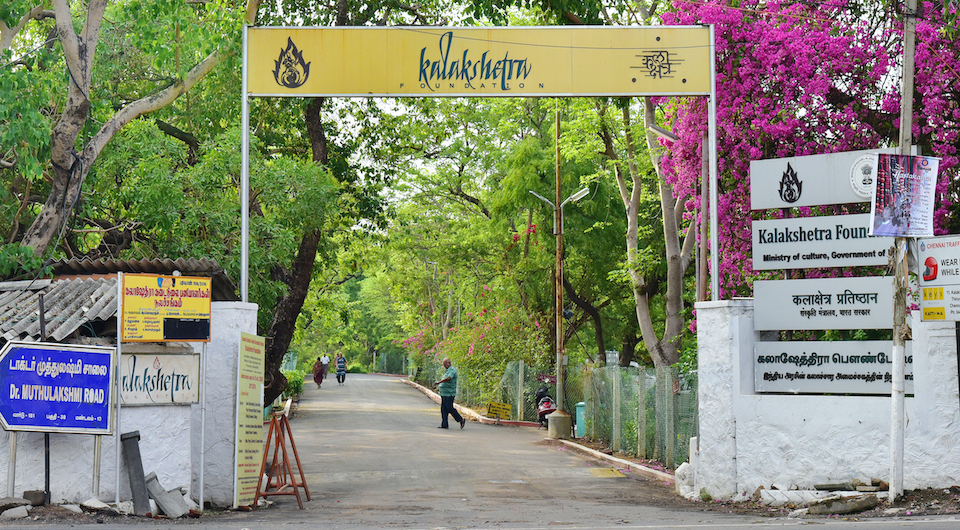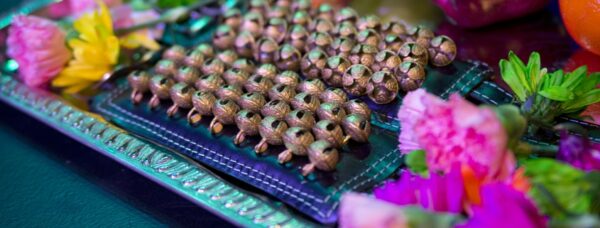The term “Bharatanatyam” is believed to have been coined by the famous art historian and scholar, Dr. S. K. Govindaswamy Pillai, in the early 20th century. Dr. Pillai was a pioneering figure in the study and promotion of Indian classical dance, and his efforts helped to elevate Bharatanatyam to its current status as one of the most popular and widely recognized forms of Indian dance.
Before the term “Bharatanatyam” came into use, the dance was known by a variety of other names depending on the region and tradition. In Tamil Nadu, where the dance originated, it was known as Sadir or Dasi Attam, and was primarily performed by women in the temples and royal courts. However, in the 20th century, as the dance began to gain wider recognition and popularity, Dr. Pillai felt that a new name was needed to reflect its unique style and heritage.
The term “Bharatanatyam” is derived from three Sanskrit words – “bhava” (emotion), “raga” (melody), and “tala” (rhythm) – which together reflect the essential elements of the dance form. By coining this new term, Dr. Pillai helped to establish Bharatanatyam as a distinct and recognizable form of Indian classical dance, and paved the way for its continued growth and development in the decades that followed.





